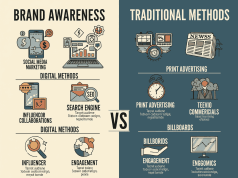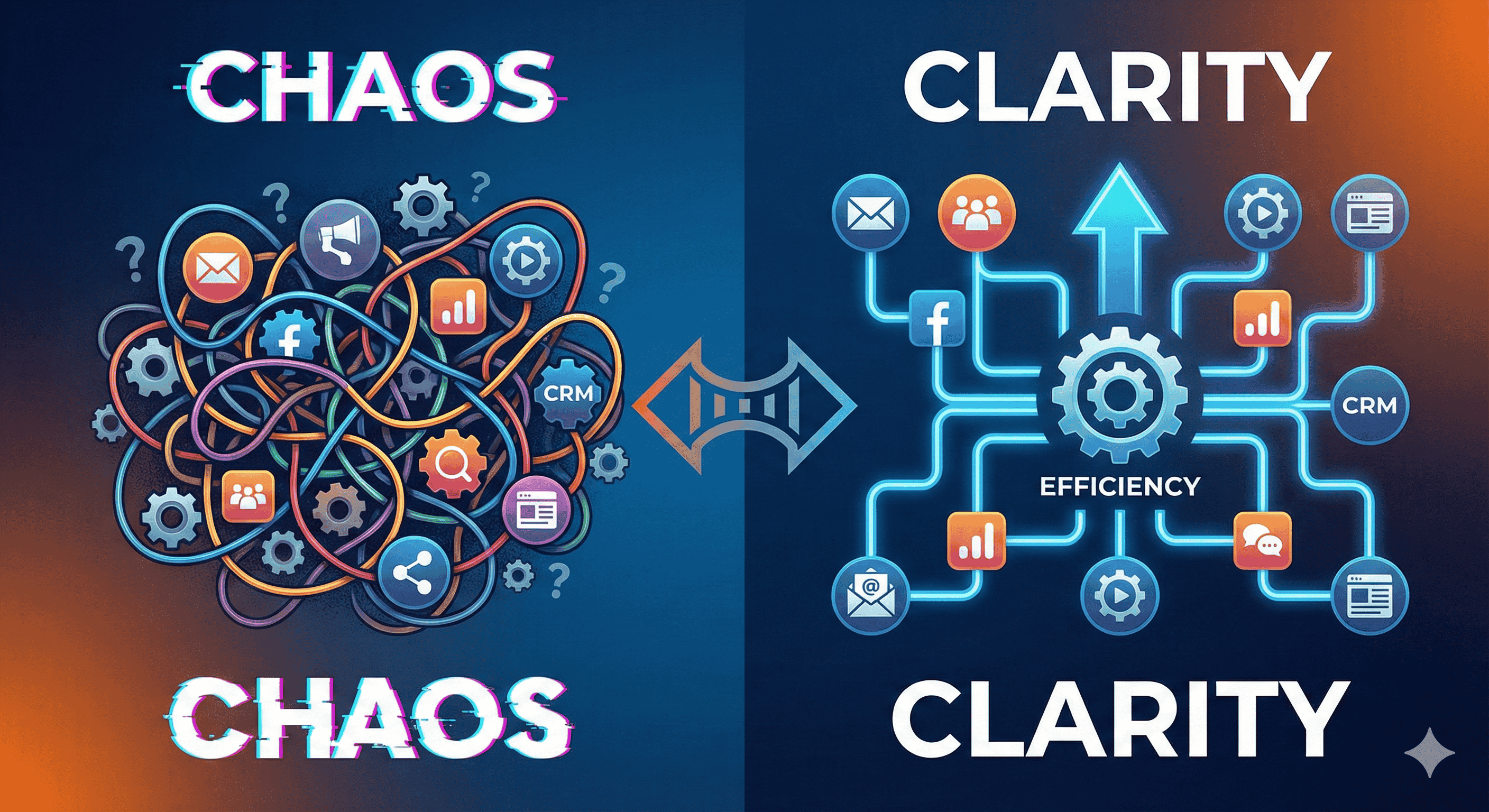In today’s competitive marketplace, brand awareness is vital for success. Businesses are always looking for innovative ways to stand out and engage their target audiences. One effective strategy gaining traction is forming partnerships and collaborations. By joining forces with complementary brands, businesses can leverage each other’s strengths, resources, and audiences to enhance visibility and reach new customers.
The Power of Partnerships
Mutual Benefits: Partnerships create a win-win situation where both parties can benefit. By pooling resources—be it expertise, social media followings, or marketing budgets—brands can achieve outcomes that would be challenging to accomplish independently.
Expanded Reach: Collaborating with another brand exposes both parties to new audiences. For example, a fitness apparel company partnering with a nutrition brand can reach health-conscious individuals who may not yet be familiar with either brand.
- Enhanced Credibility: Aligning with well-regarded brands can boost your reputation. Consumers often view partnerships as a sign of trust, which can enhance brand loyalty and increase purchase likelihood.
Types of Partnerships
Co-marketing: Two or more brands collaborate on marketing campaigns, often sharing the costs. This could include joint social media promotions, webinars, or even co-branded products.
Sponsorships: Brands can sponsor events, from local fairs to major sports events, increasing visibility while supporting a good cause or community initiative.
Affiliate Partnerships: By partnering with influencers and affiliates who resonate with your target audience, brands can effectively promote products in a relatable manner, enhancing outreach and engagement.
- Cross-promotions: Brands can engage in cross-promotional activities, such as giveaways or bundled offers, allowing customers to experience both brands at a lower cost.
Steps to Forming Successful Partnerships
Identify Potential Partners: Look for brands that share similar values and target audiences but are not direct competitors. Analyze their reputation, market position, and audience engagement.
Set Clear Goals: Define what you aim to achieve through the partnership, whether it’s increasing brand awareness, generating leads, or launching a new product.
Create a Win-Win Proposal: Propose a collaboration that highlights mutual benefits. Be clear about what each party brings to the table and how you can support one another.
Develop a Strategy: Collaboratively create a marketing strategy that aligns with both brands’ interests, including campaign timelines, responsibilities, and KPIs to measure success.
Clear Communication: Establish open lines of communication to ensure both parties are aligned throughout the partnership. Regular check-ins can help address issues or adjust strategies as needed.
- Measure Success: After the campaign, analyze the results to evaluate success against defined KPIs. Learn from the experience to improve future collaborations.
Examples of Successful Collaborations
Nike and Apple: Their partnership resulted in the creation of the Nike+iPod, which integrated fitness tracking with Apple’s iPod, fostering brand loyalty among fitness enthusiasts and tech-savvy consumers alike.
- Starbucks and Spotify: This partnership enhances customer engagement by allowing Starbucks employees to influence the music played in stores, while Spotify gains exposure in one of the leading café chains.
Challenges in Partnerships
While partnerships can yield significant benefits, they are not without challenges. Differences in brand identity, conflicting goals, or poor communication can hinder success. It’s crucial to have a shared vision and commitment from both parties to navigate obstacles effectively.
Conclusion
Strategic partnerships and collaborations are powerful tools for raising brand awareness. By aligning with complementary brands, businesses can expand their reach, enhance credibility, and leverage shared resources for mutual benefit. When executed thoughtfully, collaborations not only increase visibility but also foster lasting relationships within the industry, creating a lasting impact on brand perception and loyalty.









